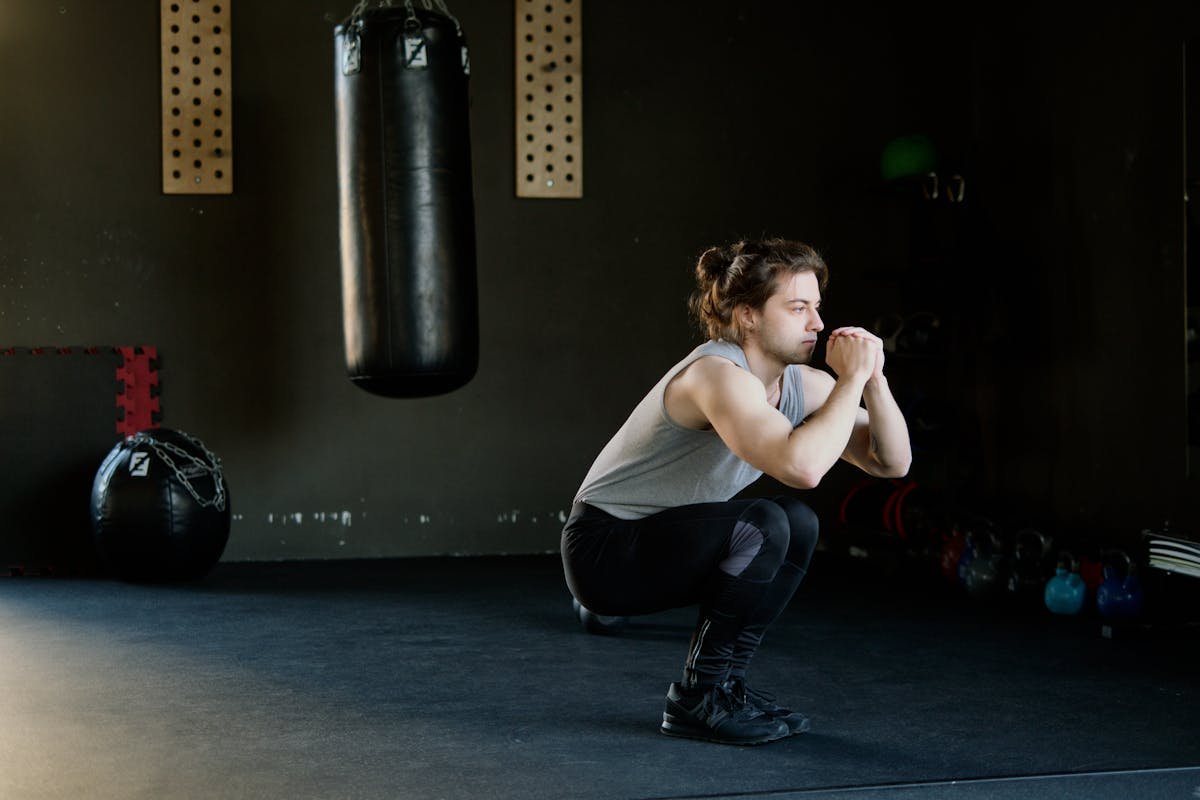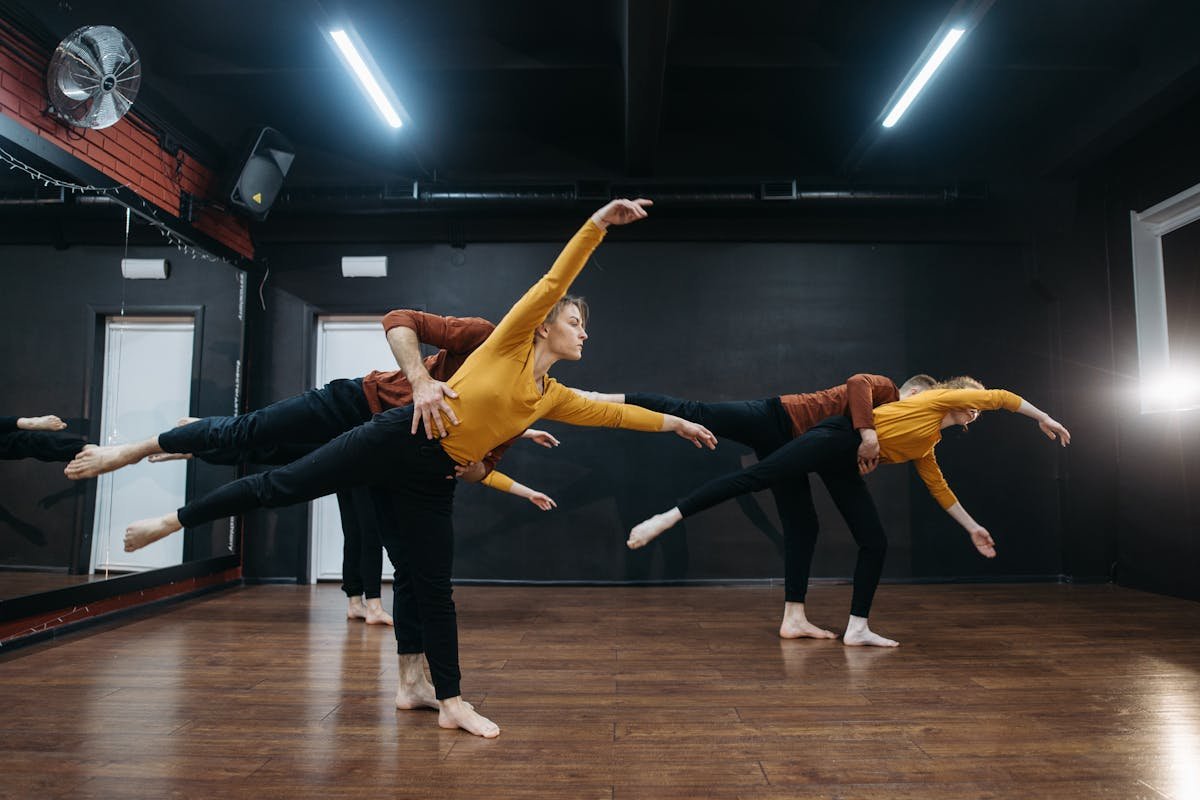Do you want to reduce your weight but lack the time to train? Visit us to discover more about HIIT exercise!
Fitness / Date: 06-22-2025

Is it possible to train in a short period of time and still get good results? Many say no, after all, it is common to spend an average of 1 hour exercising per day. Diverging from the standard, HIIT training emerges as an alternative for those who want to maintain an active sports routine , but who do not have much free time in their schedule!
This is because it is a physical activity proposal based on energy expenditure through boosting metabolism , therefore, it maximizes oxygen consumption in the body, making it a strong and powerful workout, similar to bodybuilding, but of short duration.
So, if you want to know more details about HIIT training, its characteristics and how to adopt the modality, stay here to check it out!
What does HIIT training mean?

HIIT is an acronym for High Intensity Interval Training. It is a short-duration exercise focused on high calorie expenditure and muscle strengthening.
It is also an approach that involves repeated exercise sessions , followed by short or medium recovery periods. This boosts metabolism, maximizing oxygen intake. In short, the workout leaves you breathless!
Differences between HIIT and functional training
A common question that circulates in the sports world is about the differences between HIIT and functional training, after all, both are short-term.
However, high-intensity interval training is a closed circuit , with series of structured exercises, aimed at weight loss and/or hypertrophy.
Functional training is a model linked to the functionality of the body (as the name suggests), focused on the cadence of everyday movements, that is, performing actions such as jumping, squatting, pushing, jumping and sitting, to improve strength, flexibility, agility and other capabilities.
Also, functional training is done by stations covered in sequence , with varying duration of execution, while HIIT focuses on giving your best in the exercise per session, with pre-defined time in each stage.
In all cases, it is important to remember that both must be done with proper professional guidance, in order to avoid injuries and fractures to the body, as well as ensuring that the activities are carried out correctly.
How does HIIT training work?
HIIT training works between variations of rest and intensity, with a focus on effort . And what does this mean? That the practice is a method with the simple objective of tiring the practitioner . And to achieve this feat, the circuit has exercises lasting an average of 40 seconds and rest of 20 seconds.
Thus, with just a few sets, it is possible to feel exhaustion in the body, as well as an increase in energy consumption. In 30 minutes, the body will be tired, but with gains similar to a 1-hour weight training workout , for example.
There are a few well-known methods within HIIT that work on the principles of intensity and rest. The two most popular are Little and Tabata.
Little Method
The Little method follows a structure of 12 sets of exercises, with each stage lasting 60 seconds . Rest is done with 75 seconds of low-intensity recovery, that is, the body does not remain still during regeneration.
In total, there are 27 minutes of training that give the practitioner energy and disposition!
Tabata Method
The most well-liked HIIT exercise is the Tabata method. The practice's main goal is to finish eight sets of 20 seconds at maximum effort, followed by 10 seconds at total rest.
Each series takes 4 minutes, so with an average of 5 sequences per class, it is possible to have a complete workout in just 26 minutes!
Many people think that 20 seconds is not enough time to generate any stimulus in the body, but if you really give it your all in that time, it is possible to tire yourself out in the first sequence of exercises and have gigantic results with this modality!
Also, regardless of the method, it is important to remember that HIIT training will only be effective if it causes fatigue, that is, you need to give your best to reach exhaustion . Therefore, prepare your body and mind to give your best, as this practice is not for everyone!
How to practice HIIT training?
HIIT training can be done at any time of the day, as long as you feel like exercising . This is because, as it is a short-term exercise, it is versatile and highly adaptable. There are also countless video classes on the internet, and there is certainly a model that suits your fitness level.
However, if you don't feel confident doing it without supervision, seek out the help of a trainer or look for studios that offer high-intensity interval training classes. In addition to avoiding possible injuries, you can socialize with new people.
Benefits of HIIT training
Physical conditioning and resistance, a strengthened mindset and increased productivity, these are some of the benefits of HIIT training, and below you can see in detail 5 other positive impacts on your routine:
1. Helps with self-knowledge
Because the exercises demand the most from you, HIIT will teach you to reach your limits, as well as respect them! The methods aim to work the intensity according to the exerciser's fitness level, so it is possible to evolve little by little, according to your own capabilities.
Also, by having to pay attention to details when performing each activity, it is possible to jointly improve skills such as balance, coordination and body awareness . In other words, a great way to have well-being and quality of life.
2. Improves cardiorespiratory capacity
As the goal of HIIT training is exhaustion, the athlete needs to reach their limit and, as a consequence, the heart rate will be increased to support the intensity of the stimulus.
During the classes, you will notice your body's optimization, as it will respond better to the exercises . Soon, your body will improve its cardiorespiratory capacity, as well as being better conditioned.
3. Helps control blood pressure
Consequently, by keeping the body active through physical activity, it is possible to ensure adequate prevention against high blood pressure . This is because constant movement helps to reduce blood pressure under the heart vessels, being an ally in controlling high blood pressure.
Now, if you have this condition, talk to your cardiologist to get permission to train, after all, this may not be ideal for you!
4. Teaches you how to breathe better
Even though the exercises need to generate fatigue, it is necessary to have control over your breathing to maintain the rhythm. In other words, even though a common consequence of HIIT is becoming out of breath, it is important to learn how to inhale and exhale correctly to maintain the quality of the workout .
Little by little, with conscious breathing, it is possible to adapt the body to the training time, and also feel other benefits in everyday life, such as improved productivity, reduced respiratory diseases and also more energy for routine tasks .
5. Burns a lot of calories
Finally, the benefit that most attracts the attention of HIIT fans is the burning of calories, so if your goal is to reduce your body fat percentage , this is definitely an effective choice for you!
Because it is high intensity and there is little time for rest, the body needs to work hard to maintain the rhythm, so it seeks possible sources of energy so that it can respond to the stimuli caused.
The same goes for those who aim to define their muscles, as constant practice will help shape the body according to the athletic aesthetic that so many people want to achieve .
Regardless of your goal, always look for a pleasurable physical activity so as not to become sedentary . After all, an active life is essential for having a good quality of life!
Follow Us
Newsletter
Subscribe to our newsletter to stay updated with our latest news and offers.
We respect your privacy.Trending










